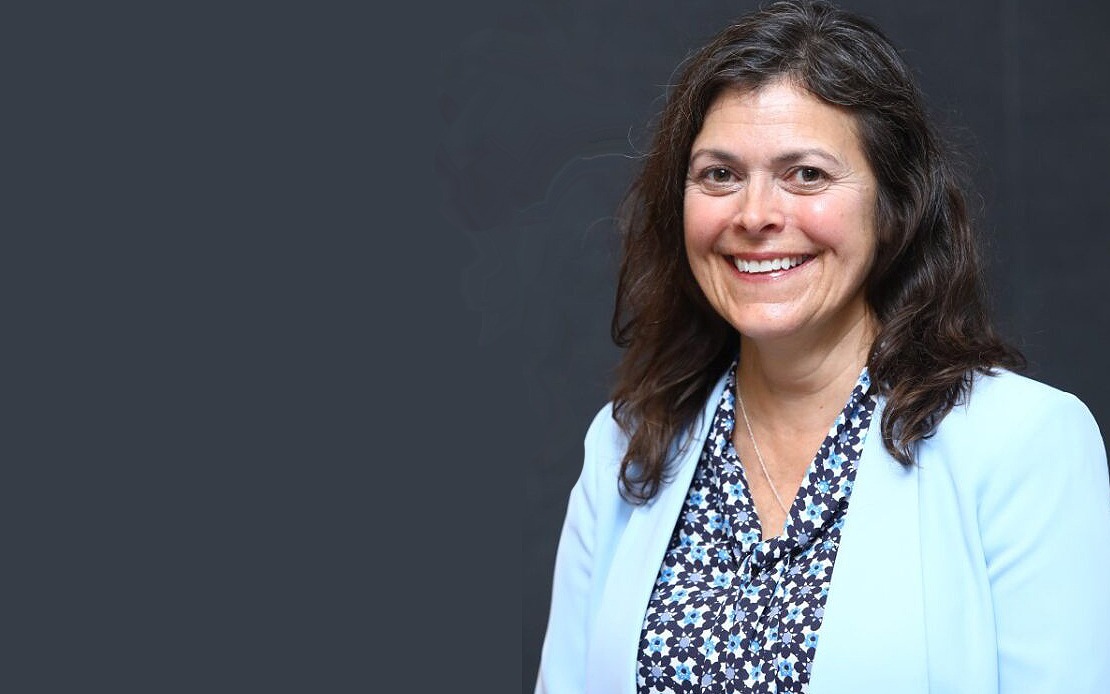Helping Diabetics To Avoid Blindness
By Ainul Huda Mohamed Saaid
KUALA LUMPUR (Bernama) -- Diabetes is the most common cause of blindness among adults in Malaysia.
According to the 2006 National Health and Morbidity Survey, about 15,000 to 39,000 people lost their sight because of diabetes.
This condition is referred to as diabetic retinopathy, where diabetes causes damage to the blood vessels of the light-sensitive tissue at the back of the eye, namely the retina.
One in three diabetic patients is affected by this condition.
"Screening for diabetic retinopathy is vital because the longer you have diabetes and the less controlled your blood sugar is, the more likely you are to develop this condition, Consultant Endocrinologist and Head of the Endocrine Unit at Hospital Putrajaya, " Dr Zanariah Hussein, said in a statement recently.
All people with diabetes type 1 and type 2 are at risk of getting the disease.
However, early detection with timely treatment and appropriate follow-up care can reduce the risk of severe vision loss by 95 per cent.
SYMPTOMS AND RISK FACTORS
There are no early symptoms of diabetic retinopathy, but the condition can get worse and potentially cause vision loss or blindness over time.
As the condition progresses, the signs may include spots or dark strings floating, also known as floaters, in the vision.
Patients may also experience blurred vision, fluctuating vision, impaired colour vision and/or empty areas in the vision.
Risk of developing the condition can increase with high blood pressure and high cholesterol, as well as tobacco use.
Pregnant women also face a higher risk of developing diabetes and diabetic retinopathy.
BETTER TREATMENT
With the rising number of diabetic cases in Malaysia, including among the younger population, the Ministry of Health (MOH) had in 2016 set up a technical working group (TWG) for National Diabetic Retinopathy Screening.
The group brought together endocrinologists and eye care specialists to cohesively manage diabetic retinopathy, which requires the services of healthcare experts specialising in diabetes as well as optometry care.
MOH head of Ophthalmology Services Dr Nor Fariza Ngah said TWG initiated a partnership project between public hospitals and health clinics to create awareness on eye health, particularly diabetic retinopathy, among Malaysians.
"As a result of TWG's efforts, 189 MOH healthcare professionals including diabetes educators from the eastern and central zones (of the country) were trained in diabetic retinopathy screening.
"They were taught how to use the fundus camera which is a better alternative to the ophthalmoscope that is commonly used at the primary care level, " she said.
The fundus camera is a highly specialised digital camera that is designed to focus on the structures of the back of the eyeball. Fundus photography is used to document and sometimes diagnose certain eye conditions.
Dr Nor Fariza explained that the patient's eyes need to be dilated when using an ophthalmoscope, thus requiring them to depend on caregivers to take them back and forth for check-ups.
Furthermore, the majority of diabetic patients are treated at the primary care level where they are not exposed to healthcare professionals that have the skills to operate an ophthalmoscope.
She pointed out that in most hospitals only a small percentage of diabetics benefited from the procedure involving the ophthalmoscope.
"Fortunately, the fundus camera avoids all these limitations, making it easy to use in terms of time and convenience.
"In fact, various healthcare professionals such as nurses, paramedics and even family medicine specialists are taught how to use it, " she said.
Recognising that there was an opportunity to make full use of the fundus camera for maximum screening, MOH and TWG have made efforts to reach as many patients at risk of diabetic retinopathy as possible, in addition to equipping more health clinics with the camera.
TWO PILOT STUDIES
TWG also held two pilot studies for fundus camera screening at Hospital Putrajaya and the government clinic in Jeram, which successfully reached a total of 1,792 diabetic patients.
It was found that many patients did not go for regular screening because of the tedious eye dilation process involved when using the ophthalmoscope.
"Findings from the pilot studies illustrated an increase in patient satisfaction due to the shortened waiting time (with the use of the fundus camera).
"Patients who were detected with any form of diabetic retinopathy regardless of severity were referred immediately to an ophthalmology clinic for further treatment, " said Dr Nor Fariza, who also urged diabetic patients to go for an eye check-up once a year to detect retinopathy and prevent avoidable blindness.
BERNAMA
HealthEdge
EXCLUSIVE

Pet Vaccination, Public Awareness And Surveillance Key Towards Rabies-free Southeast Asia - Experts
KUCHING, Dec 11 (Bernama) -- The goal of making Southeast Asia free from human rabies can be achieved through a total understanding of the disease, how it can be prevented and responsible pet ownership among communities, say experts.
read more ››IN FOCUS

TAVI KAEDAH BAIK PULIH INJAP JANTUNG TANPA PEMBEDAHAN



